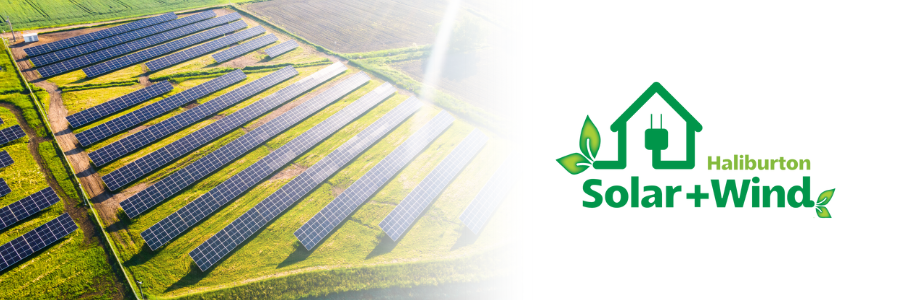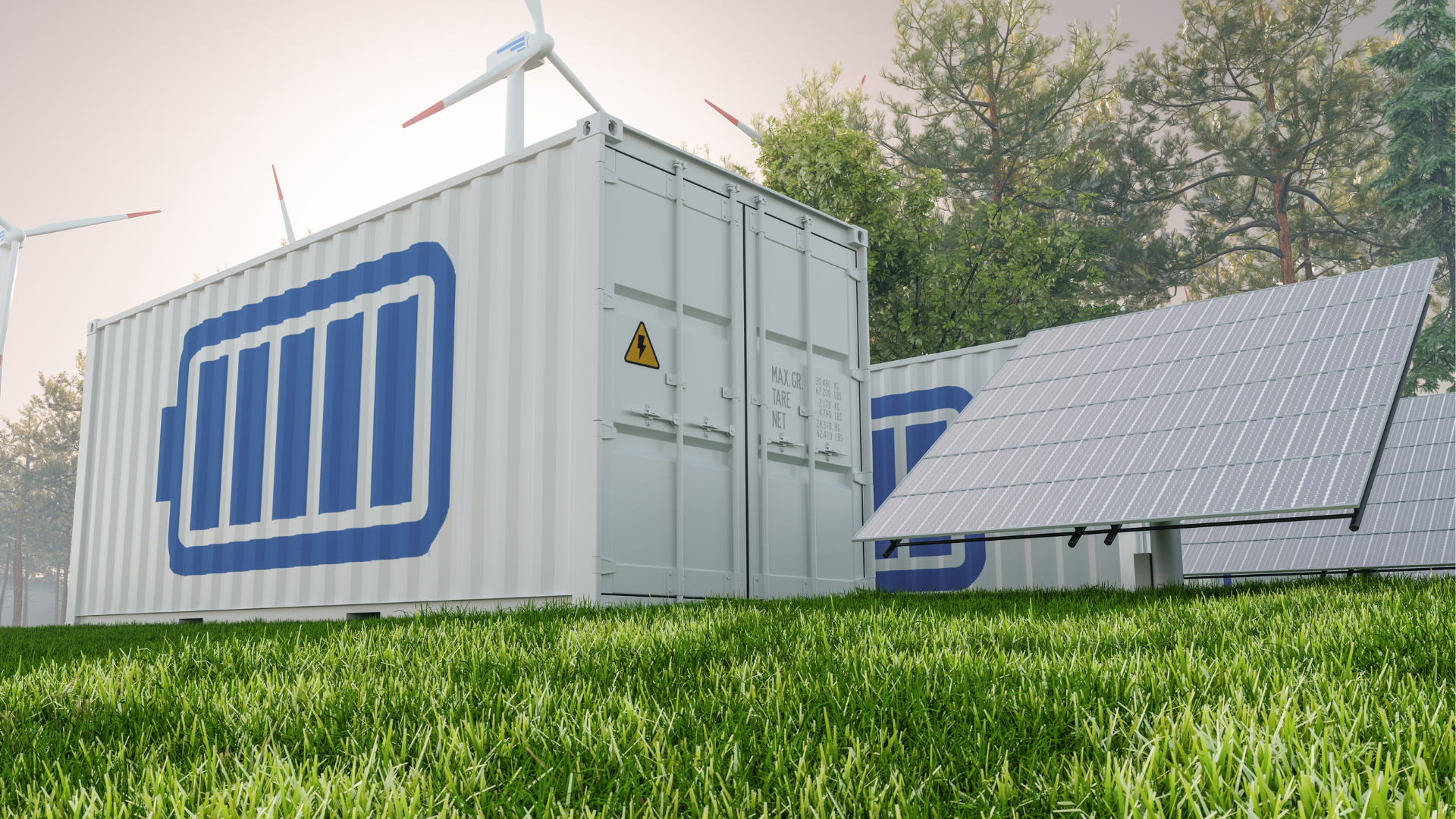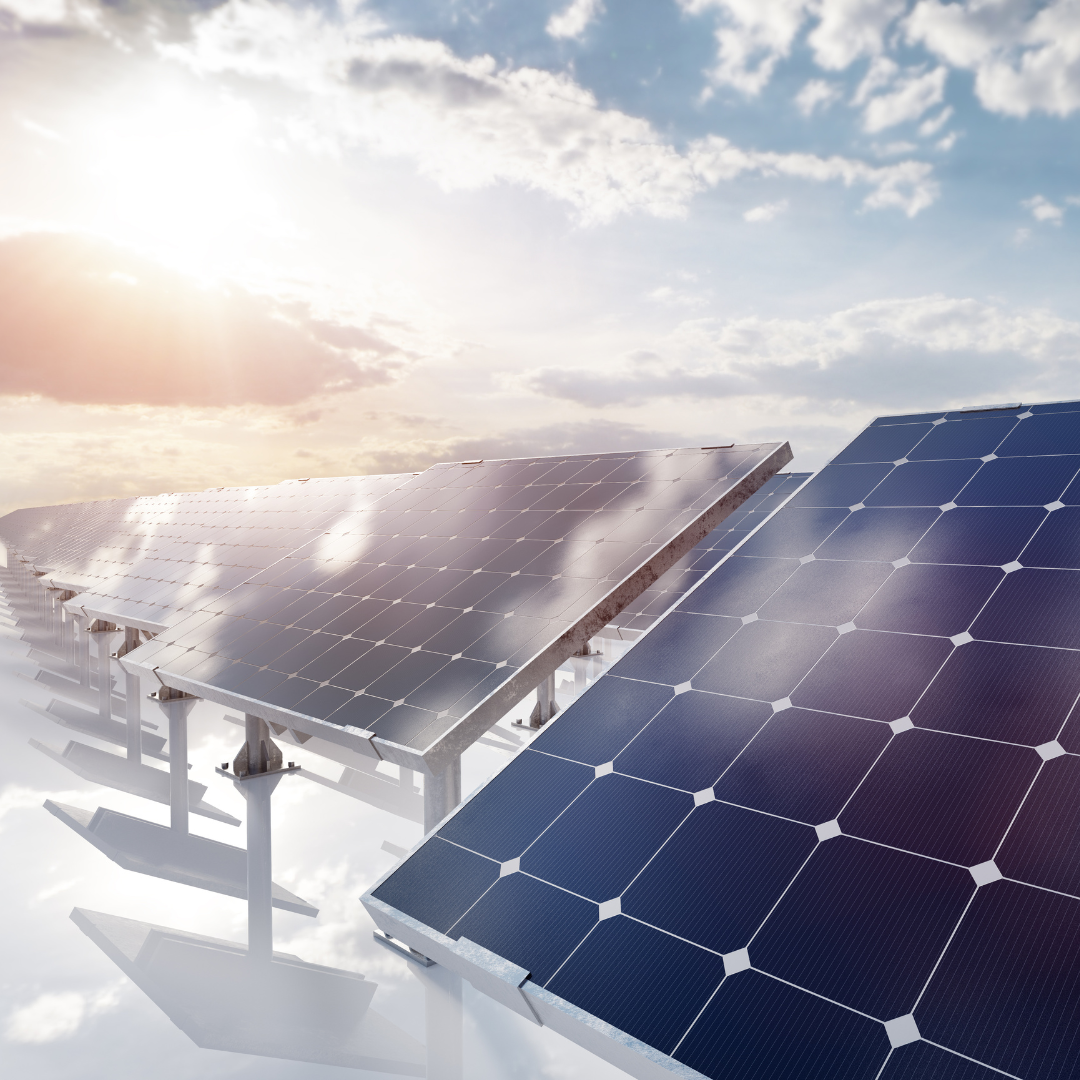Heating Your Off-Grid Home
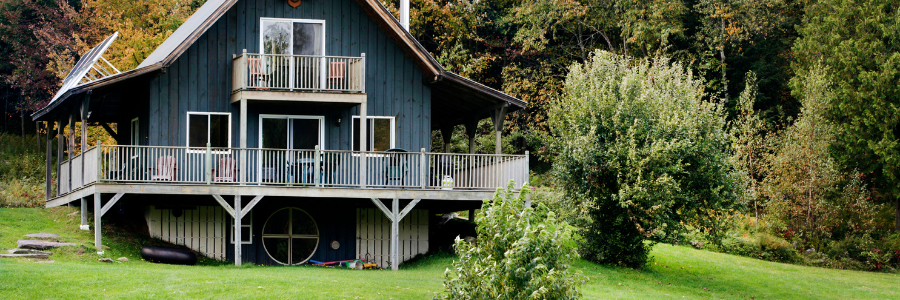
Imagine this: It’s a bitterly cold winter night in Ontario, snow falling steadily outside, but inside your cabin or home, you’re warm and cozy—without ever worrying about a power outage or a hefty utility bill. You’re living completely off the grid, relying on clean, renewable energy you generate yourself. This isn’t just a dream; it’s a reality thousands are embracing, and it all starts with a smart off grid solar system combined with an efficient heating strategy.
Why Heating Matters So Much for Off-Grid Living
If you’re living off the grid in Ontario or anywhere with harsh winters, you already know that heating is the biggest energy challenge. In fact, heating typically makes up about 62% of your energy consumption, with water heating adding another 19%. That means nearly 80% of your off-grid energy budget goes to staying warm and comfortable.
When you’re disconnected from the traditional grid, you can’t just flip on a heater and forget about the cost. Your energy supply is finite, whether from solar panels, wind turbines, batteries, or backup generators. So, heating your home efficiently becomes critical not just for comfort but for your entire energy system’s success.
This is where a well-designed
off grid solar system shines, quite literally. It allows you to generate electricity cleanly and sustainably, powering your heating without depending on fossil fuels or unreliable grid power.
The Heart of Your Home: The Off Grid Solar System
Let’s dive into what makes an off grid solar system so vital for heating your home.
At its core, an off grid solar system includes solar panels that capture sunlight, a battery bank that stores energy, and an inverter that converts electricity for your home’s use. In Ontario, winter days are shorter and often cloudier, which means your solar panels produce less energy than in summer. This makes battery storage and energy efficiency even more critical.
High-quality lithium-ion batteries, like those from Battle Born, are game-changers for off-grid homes. They store more energy, last longer, and can be deeply discharged without damage—perfect for handling heavy winter loads. Your battery bank acts as a reservoir, storing the electricity your solar panels gather during sunny hours so you can heat your home after dark.
Backup generators round out your system, kicking in only during extended periods of low sun or wind. Modern generators are fuel-efficient and quiet, designed to supplement—not replace—your renewable system.
A well-planned solar array, sized correctly for your heating needs and battery storage, ensures you have the power you need when you need it. This frees you from the grid and its uncertainties, giving you control and peace of mind.
Choosing the Best Heating Method for Your Off-Grid Home
Heating options vary widely, and picking the right one depends on your lifestyle, fuel availability, budget, and how much power your solar system can reliably supply.
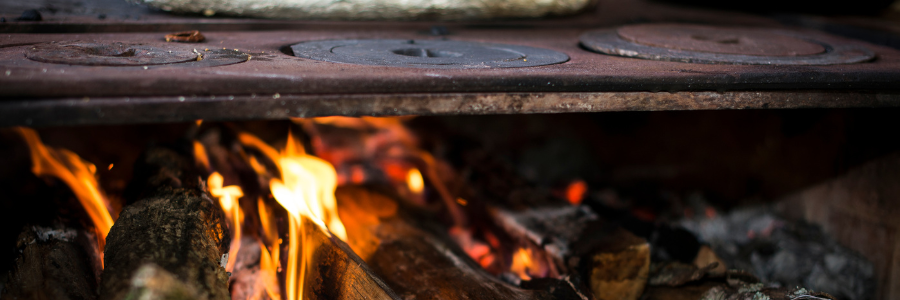
Wood-Burning Stoves: Timeless and Trusted
For many off-grid dwellers, the wood-burning stove is king. It doesn’t rely on electricity at all, making it incredibly reliable when solar production dips. Wood stoves produce radiant heat that feels natural and cozy, warming the room and even objects around it.
But wood stoves come with work. You’ll need a supply of dry, seasoned wood, plus time to chop, stack, and store it. Maintenance, like chimney cleaning, is essential to prevent creosote buildup and ensure safety. And the smoke and ash produced require proper ventilation and cleanup.
Pros:
- No electricity needed, perfect for outages
- Highly efficient heat source
- Creates comfortable radiant warmth
Cons:
- Labor-intensive wood preparation
- Requires ongoing maintenance
- Produces smoke and ash
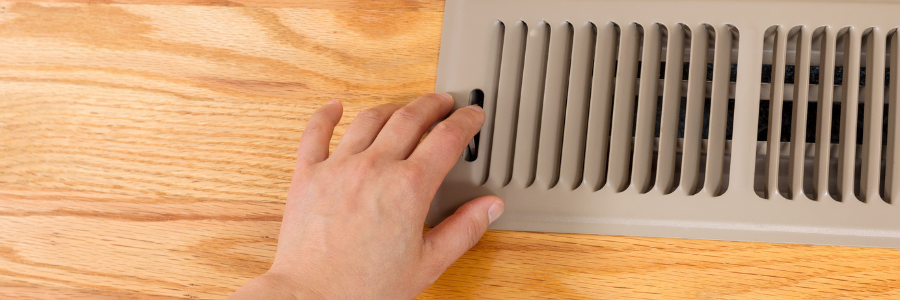
Direct Vent Propane Wall Heaters: Clean and Convenient Backup
If you want a quick and clean heat source that doesn’t depend on electricity, direct vent propane heaters are a great choice. They’re easy to install and produce heat almost instantly, making them ideal as backup heaters during extended cloudy periods or when you need a quick warm-up.
You do need a reliable propane supply and a safe storage plan, and installation involves venting exhaust gases outside, often requiring a professional. For larger homes, multiple units may be necessary.
Pros:
- Fast and clean heating
- Low maintenance and independent of electricity
- Minimal indoor emissions with direct venting
Cons:
- Requires propane supply and safe storage
- Fuel cost variability
Installation complexity
In-Floor Radiant Heating: Even and Quiet Comfort
Radiant floor heating is luxurious and comfortable, spreading warmth evenly throughout your living space without noisy fans or blowing air. It works well with several fuel types, including oil, propane, natural gas, or wood pellets.
The system is hidden beneath your floors, saving space and adding to home aesthetics. However, it requires a larger initial investment and electricity to power pumps and controls, which means it places additional demand on your solar energy system. Repairs can also be complicated and costly.
Pros:
- Even, gentle heat distribution
- Discreet and quiet operation
- Multiple fuel options
Cons:
- High upfront cost and installation complexity
- Requires electricity for system controls
Slow to adjust temperature
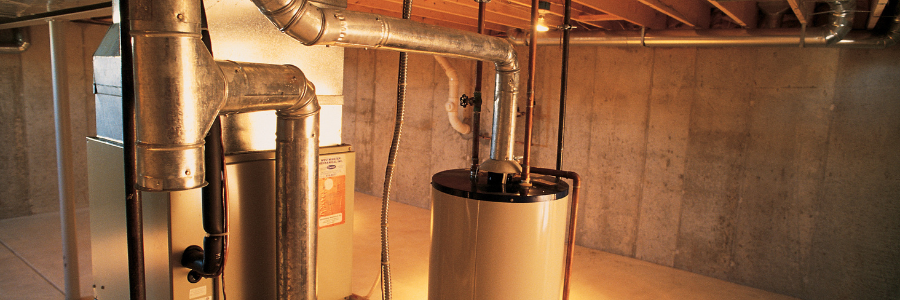
Forced Air Furnaces: Quick and Versatile
Forced air furnaces heat your home rapidly and can operate on electricity, propane, oil, or natural gas. They’re compatible with existing ductwork and can work with air filtration and air conditioning.
However, electric models draw a lot of power, which can tax your solar system. Fuel-based furnaces mean you’ll need to handle fuel storage and delivery. Maintenance is essential to keep ducts and filters clean, and some users report uneven heating or drafts.
Pros:
- Fast heating and easy thermostat control
- Fuel versatile and HVAC compatible
- Can improve air quality with filtration
Cons:
- High electricity use for electric models
- Requires regular maintenance
- Uneven heating in some cases
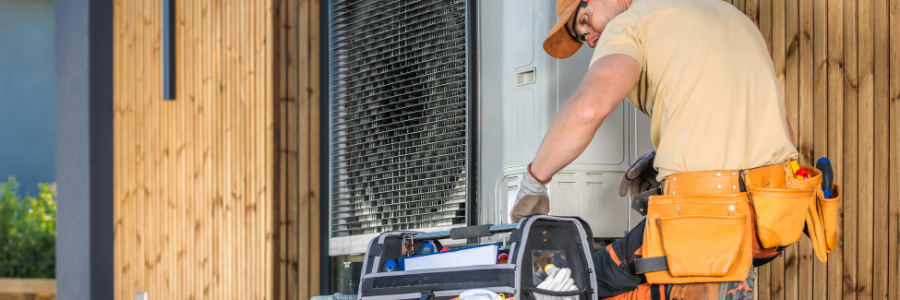
Geothermal Heat Pumps: Efficiency Meets Sustainability
Geothermal systems use the earth’s steady underground temperature for heating and cooling, making them extremely energy efficient. They operate quietly and have a long lifespan.
But the upfront cost is significant, and you need suitable land for ground loops. They also demand a strong off-grid power system to meet their electricity requirements.
Pros:
- Exceptional energy efficiency
- Provides year-round heating and cooling
- Quiet, reliable, and long-lasting
Cons:
- High installation cost
- Requires land and specific site conditions
- Complex and costly repairs
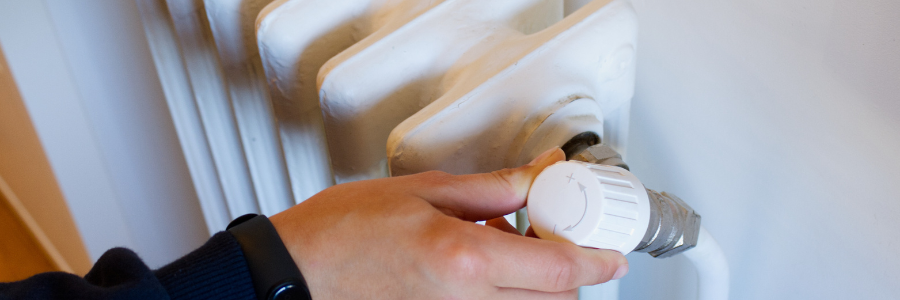
Electric Baseboard Heaters: Simple but Energy Heavy
Electric baseboard heaters are cheap and easy to install, allowing room-by-room temperature control. They’re quiet and low maintenance.
However, they are energy hogs and can rapidly drain your batteries, so they’re best used as supplemental heat rather than your primary system.
Pros:
- Simple installation and operation
- Quiet with individual room control
- Low maintenance
Cons:
- High energy consumption
- Inefficient as primary heating
- Localized heat only
Many off grid homeowners combine these options—often pairing a wood stove for steady warmth with propane or electric units for flexibility.
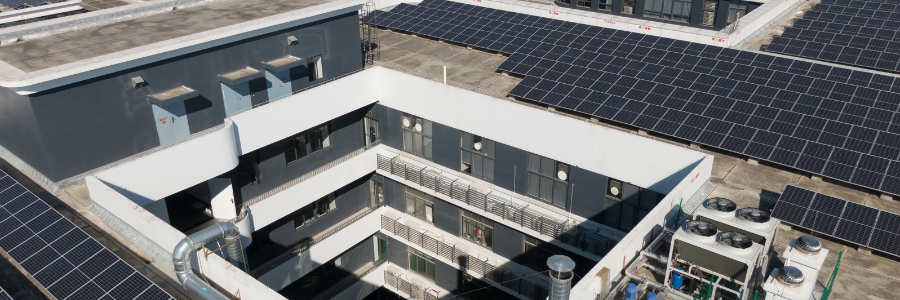
Harnessing Your Solar Power for Heating
Your off grid solar system is the foundation for powering all these heating methods. A well-sized solar array captures sunlight efficiently, even during Ontario’s short winter days, while high-capacity lithium-ion batteries store energy to keep your home heated overnight or on cloudy days.
Because solar and wind can fluctuate, having a backup generator ensures your batteries don’t run empty, allowing your heating system to keep running uninterrupted.
Investing in a quality solar setup designed specifically for your heating needs is crucial. This includes:
- Sizing your solar array to cover your energy needs through winter
- Choosing lithium-ion batteries for their deep discharge and longevity
- Incorporating smart energy management and backup power
Maximize Your Home’s Efficiency to Save Energy
Before scaling up your solar or heating system, make sure your home is as energy-efficient as possible. Good insulation, sealing drafts, energy-efficient windows, and thermal curtains can drastically reduce heat loss.
Heating only the rooms you use via zoning or smart thermostats helps you save even more power, stretching your solar energy further and lowering your overall system size and cost.
Planning Your Off Grid Energy Budget
A realistic, thorough energy budget is your roadmap to success. Begin by calculating your expected heating load in kilowatt-hours during the coldest months, including space heating, water heating, and other electrical uses.
Then, estimate your solar energy production for winter—remember, shorter days and weather variability mean you need to plan conservatively.
Next, size your battery bank so you have enough stored energy to get through nights and cloudy days. High-quality lithium-ion batteries pay off with longer lifespan and better performance but come at a higher initial cost.
Plan for a backup generator with fuel and maintenance costs included to cover extended low-production periods.
Don’t forget installation and maintenance costs, including professional system design, setup, and regular upkeep like cleaning and servicing components.
Finally, invest in energy efficiency upgrades. The less energy you need, the smaller and less expensive your solar and battery system can be.
If this sounds overwhelming, experts at Haliburton Solar and Wind can help design a tailored, practical off grid power system that fits your home perfectly.
Looking Ahead: Why This Matters
With climate change driving unpredictable weather and increasing grid instability, having a dependable solar-powered off grid heating system gives you security, sustainability, and true energy independence.
Ready to Take Charge of Your Heat?
Whether you’re new to living off the grid or upgrading your current setup, Haliburton Solar and Wind is ready to help you design and install the perfect system to keep your Ontario home warm and self-sufficient.
Need guidance on choosing the best heating system, sizing your solar and battery components, or planning your energy budget? Just ask!
Frequently Asked Questions
What is the best heat source for off-grid living?
The best heat source depends on your specific needs, available resources, and energy system. Many off-grid homeowners prefer wood-burning stoves because they provide reliable, electricity-free heat and are cost-effective if you have access to firewood. However, direct vent propane heaters, in-floor radiant heating, and geothermal heat pumps can also work well depending on your setup and budget. Combining methods—like a wood stove with propane backup—often provides the best balance of comfort and reliability.
What is the cheapest way to heat a house off the grid?
Generally, using a wood-burning stove is the cheapest way to heat an off-grid home, especially if you can source wood locally and at low cost. It requires no electricity and fuel costs are minimal compared to propane or electric heating. However, the “cheapest” option also depends on your labor availability, maintenance willingness, and system setup. Improving home insulation and reducing heat loss also plays a huge role in lowering overall heating costs.
How do you heat an off-grid cabin?
Heating an off-grid cabin usually involves a combination of methods: a wood-burning stove for primary heat and a backup propane or electric heater. Many cabins use solar panels and battery banks to power electric heaters, fans, or pumps for in-floor radiant systems. Good insulation and draft-proofing are key to retaining heat. Backup generators help recharge batteries and keep systems running during prolonged low solar or wind conditions.
What is off-grid heating?
Off-grid heating refers to warming a home or cabin without relying on the public electrical grid. Instead, energy is generated onsite using renewable sources like solar, wind, or hydro, stored in batteries, and supplemented with backup generators if needed. Heating methods vary but are chosen to optimize energy efficiency and reliability in an independent, self-sufficient system.


